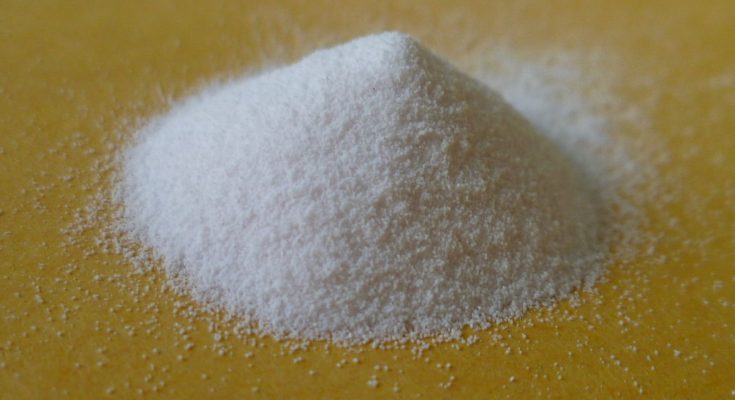Inorganic salts refer to salts which do not contain carbon in their molecular structure. Inorganic salts can be categorized into various salt groups and every group of these inorganic salts can be further sub-categorized on the basis of attached functional group. Applications for inorganic salts range from highly industrial capabilities to the most precise chemical synthesis.
The key trend witnessed in the global inorganic salts market is the investment shift towards the Asia-Pacific region. With huge economic growth and domestic consumption, Asia-Pacific has led to the recovery of the global inorganic salts market. Over the next decade, Asia-Pacific is expected to drive one-third of global inorganic salts market. With China, India, and Association of Southeast Asian Nations’ (ASEAN) rapid modernization, large demographic size, industrialization and increasing domestic consumption, the demand for inorganic salts from various sectors has gravitated toward the east. In addition, availability of cheap skilled labor and technological advancements are shaking up global business strategies. For this reason, major global companies are focusing on Asia-Pacific for market capitalization. The developed countries such as the U.S. and many European nations are shifting their manufacturing plants to Asia in order to serve their cost cutting schemes and gain serious momentum in conducting business in this region.
The inorganic salts due to its diverse uses, finds usage in multiple applications and is used across the globe. Usage of inorganic salts in various industries has led to their increased demand and is key driver for the growth of the market. Though, the customer base is widespread across the globe, developing nations such as China, Brazil and India are the major markets for these salts. While the increased consumption in the U.S. and China is dedicated to construction industry, pharmaceuticals applications tends to drive the growing market in India.




